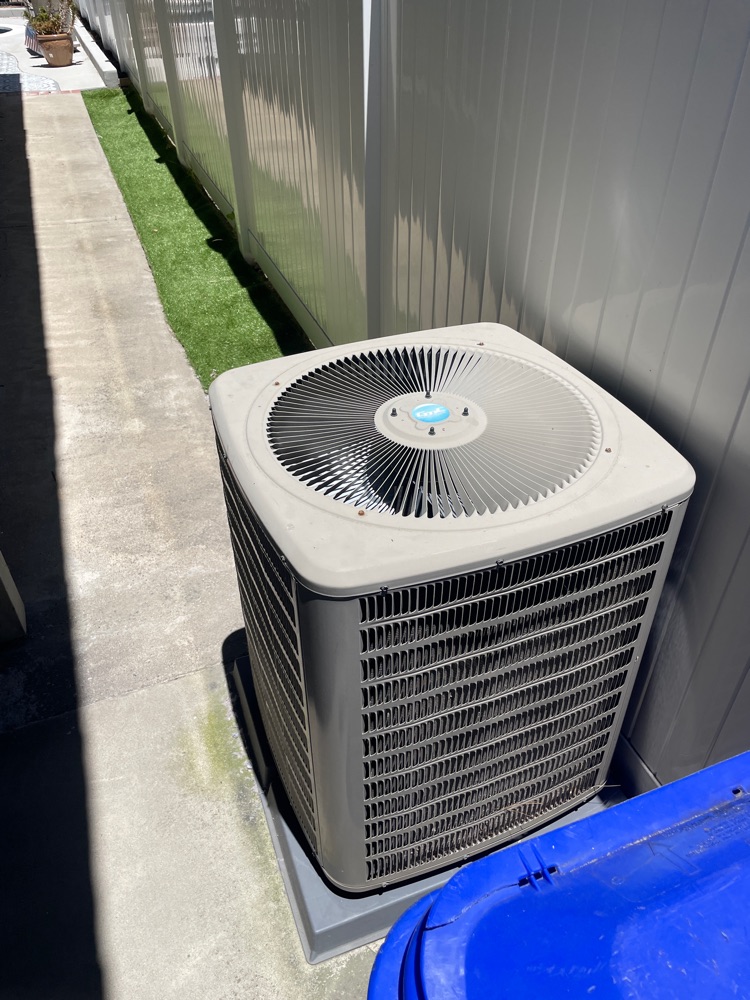A clogged washer is unable to work properly. Don’t use any of the appliances if they face some troubles. The finish will be dramatic. A broken gadget needs a repair. Before you even consider dealing with a clogged washing machine drain on your own, learning about the frequent causes of drain clogging is a helpful preliminary step to avoiding future overflows. While ridding your home laundry drains of debris can be a rather frustrating and unpleasant task, these materials can build up and lead to considerable plumbing problems if left unattended to. A blocked washing machine drain pipe is typically the result of a soap residue buildup, a leftover dryer lint and fragments, grease, oils and other materials on clothing prior to washing. If you notice persistent, pooling water in your washing machine unit following cycles and do not perform any regular drain inspections, there’s a good chance your machine’s drains have clogged over time due to everyday use. In these cases, acting quickly can simplify the drain-cleaning process later on and limit the extent to which washing machine clogs and debris materials affect your pipes. Sometimes the blockage is located deeper than the trap. To unclog a clogged drain, first fill a bucket with boiling water and a pack of baking soda. Remove the drain pipe from your washing machine and slowly pour the water into the drain using a funnel. Wait a few minutes and test if it keeps draining if you pour water into it. When you use your washer for more than five years, there will be a need to replace seals. Also, we recommend replacing a drain hose even if it might not be clogged.

November 26, 2023
AC is leaking from the coil – HVAC Troubleshooting in San Diego
Have you encountered a leaking air conditioner? This causes not the most pleasant feelings and deprives you of comfort. Before solving this problem, you should determine what exactly became the source of the air conditioner flow.


















